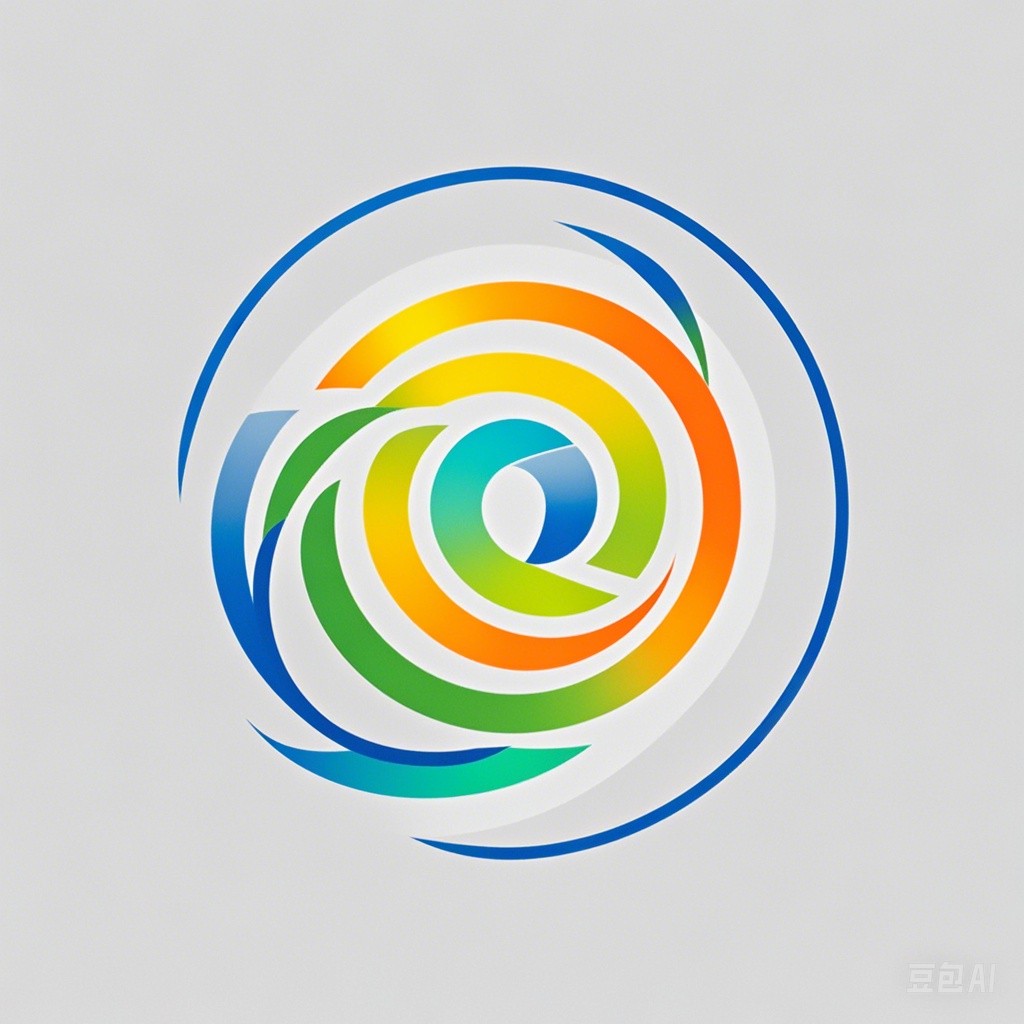Introduction
The field of translation has evolved significantly over the centuries, from the oral traditions of ancient civilizations to the sophisticated algorithms of modern technology. With the advent of artificial intelligence and machine learning, the future of translation looks promising and revolutionizing. This article delves into the latest innovative translation techniques that are poised to reshape the way we communicate across languages.
The Evolution of Translation
Early Translation Methods
In the past, translation relied heavily on human skills and resources. Scribes and scholars translated texts by hand, often with the help of dictionaries and other reference materials. This process was time-consuming and often resulted in inaccuracies.
The Rise of Machine Translation
The 20th century marked the beginning of machine translation with the development of algorithms that could process and translate text. Early machine translation systems, such as the IBM 701, were limited in their capabilities and accuracy.
Modern Translation Techniques
Today, translation techniques have advanced significantly, with the integration of artificial intelligence and machine learning. Modern translation tools, like Google Translate and Microsoft Translator, offer real-time translation services with impressive accuracy.
The Role of Artificial Intelligence in Translation
Artificial intelligence has revolutionized the translation industry by enabling machines to understand and interpret the nuances of human language. Here are some key AI-driven translation techniques:
Neural Machine Translation (NMT)
Neural Machine Translation is a state-of-the-art translation technique that utilizes neural networks to learn from vast amounts of data. NMT models can produce translations that are often indistinguishable from human-written text.
# Example of a simple NMT model in Python using TensorFlow and Keras
from tensorflow.keras.models import Sequential
from tensorflow.keras.layers import Embedding, LSTM, Dense
# Define the model architecture
model = Sequential()
model.add(Embedding(input_dim=vocab_size, output_dim=embedding_dim, input_length=max_length))
model.add(LSTM(units=128))
model.add(Dense(units=output_dim, activation='softmax'))
# Compile and train the model
model.compile(optimizer='adam', loss='categorical_crossentropy')
model.fit(input_sequences, output_sequences, epochs=10)
Deep Learning and Transfer Learning
Deep learning has allowed translation models to become more accurate by learning from large datasets. Transfer learning involves using pre-trained models on similar tasks to improve performance on new, related tasks.
Contextual Understanding
Modern translation systems are increasingly capable of understanding the context in which words and phrases are used. This has been achieved through the use of more complex models, such as transformers, which can capture long-range dependencies in a text.
Challenges and Limitations
Despite the advancements in translation techniques, there are still challenges and limitations to overcome:
Language Diversity
The sheer diversity of languages and dialects poses a significant challenge for translation systems. Each language has its own unique features and idioms that are difficult to capture.
Cultural Nuances
Translation goes beyond mere words; it involves understanding and conveying cultural nuances. This is particularly challenging for AI systems, which may not fully grasp the subtleties of human culture.
Ethical Concerns
The use of AI in translation raises ethical concerns, such as the potential for job displacement and the need for transparency in AI decision-making processes.
The Future of Translation
The future of translation looks promising, with ongoing advancements in AI and machine learning. Some potential developments include:
Human-AI Collaboration
The future may see a collaboration between humans and AI, with AI systems providing suggestions and humans making final decisions on translations.
Multimodal Translation
As technology advances, translation systems may become capable of handling various types of content, such as images, videos, and even audio, providing a more comprehensive translation experience.
Enhanced Accessibility
AI-driven translation techniques could make communication more accessible to people with disabilities, breaking down language barriers and fostering global understanding.
Conclusion
The future of translation is bright, with innovative techniques like Neural Machine Translation and deep learning poised to revolutionize the way we communicate across languages. While challenges and limitations remain, ongoing research and development will continue to push the boundaries of translation technology, making the world a more connected place.
